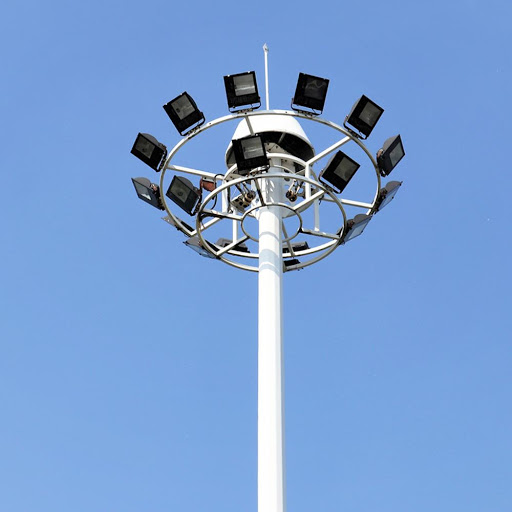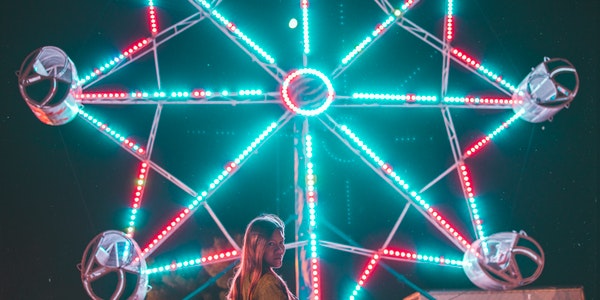LED Lighting Rebates of the World’s Major Economies
How did the LED lighting rebate policy come about? Why did the country formulate financial rebates related to energy-saving lamps and LED lighting? Because with the rapid development of the world economy, environmental and energy issues slowly surfaced and became the topic and center of global discussion. Become an important factor restricting economic development. China conforms to the global environment of energy conservation and environmental protection, launches ten key energy conservation projects, and provides financial rebates for efficient energy-saving products. As the fourth-generation light source, LED has a higher energy-saving efficiency than energy-saving lamps. Therefore, the country adopts a rebate policy for the promotion of LED lighting, which makes it reasonable to promote LED lighting products to gradually approach our lives.
Review of China’s LED Lighting Industry Rebate Policy
As early as 2012, the General Office of the National Development and Reform Commission, the General Office of the Ministry of Finance, and the General Office of the Ministry of Science and Technology jointly issued the “Notice on Organizing the Promotion of Financial Rebate Semiconductor Lighting Products in 2012.” Since then, many local governments have also introduced local LED lighting industry rebate policies. There is no doubt that policy rebates have stimulated enterprises’ R&D investment and production enthusiasm to a certain extent, and promoted the development of the LED industry.
In order to achieve the goal of semiconductor lighting in the 12th Five-Year Plan, the government proposed two rebate policies in 2012. The first is the “2012 Semiconductor Lighting Products Financial Rebate Promotion Project”. This rebate is to select several companies and companies through bidding. For its LED lighting products, the government provides rebates to these enterprises, so that they can sell LED lighting products to hospitals, schools, commercial buildings, villages and other units from the bid amount minus the amount of rebates, which is equivalent to indirect provision Purchase rebates for LED lighting in these units.
Another rebate policy proposed by the government is the “Energy-saving Product Rebate Policy”. The State Council has set a budget of RMB 36.3 billion to subsidize energy-saving appliances, energy-saving automobiles, high-efficiency motors, energy-saving lamps, and LED lamps. Among them, LED TV and LED lamps in energy-saving home appliances are projects related to the LED industry. Although the relevant rebate amount and detailed rules for LED lights have not been set out, it has been determined that products that meet the standards in terms of LED TV can receive a rebate of up to RMB 400.
China’s rebates for energy-saving products have not been reduced in 2013, including the inclusion of LED street lights and tunnel lights, LED downlights, and reflective self-rectifying LEDs in the “Government Procurement List of Energy-saving Products” announced by the Ministry of Finance in early 2013. .
With the continuous promotion of the energy-saving concept of LED lighting, the LED market is constantly growing. In 2014, the progress of energy saving and environmental protection throughout the country was accelerated, and LED rebate policies were also continuously introduced. Corresponding LED rebate policies were introduced throughout the country, such as ” Foshan City “Guangdong Province Green Lighting Demonstration City” Construction Project Rebate Implementation Plan”, “Shenzhen Special Economic Zone Urban Lighting Management Measures (Draft)”, etc.
Overview of LED Rebate Policies and Benefits Abroad
The most successful implementation of the rebate policy is undoubtedly the U.S. and Canadian markets. As long as the LED lighting products have applied for Energy Star certification, they can directly enjoy the subsidized price when purchasing. For companies applying for Energy Star certification, this is the first priority.
How to apply for Energy Star certification for LED lamps? The LED products that apply for Energy Star are currently limited to LED light source products that are used to replace traditional incandescent bulbs, such as LED bulbs, PAR lights, LED spotlights, LED flood light, LED street Self-ballasted LED lamps such as light. It takes a long time for such LED products to apply for Energy Star certification, and the service life is required to reach at least 3000 hours and more than 6000 hours.
In addition to the rebates for LED light source products certified by Energy Star, several types of indoor lighting lamps can obtain rebates by applying for DLC certification. DLC is a joint organization composed of U.S. utility companies and regional performance efficiency agencies. When applying for DLC certification, LED lamps need to provide safety reports issued by NRTL accredited laboratories in the United States, EMC test reports issued by FCC accredited laboratories, NVLAP LM79 report made by accredited laboratory and LM80 report provided by lamp bead manufacturer. Currently on the market, many products that apply for DLC certification include 1.2m standard T8 tubes, LED panel lights, LED high bay lights and LEDstreet light. Due to the geographic homology between Canada and the United States, this rebate policy has also been vigorously promoted in Canada.
Outside of North America, some areas of Australia have also adopted subsidy measures for LED lamps. Among them, the energy subsidy policy of New South Wales in Australia has attracted the most attention. The evaluation of LED lamps by IPART in New South Wales has now entered the third stage. If enterprises are interested in this, they can apply for SAA certification from FAIRTRADING company in NSW area, and need to provide AS/NZSCISPR15 test report, and apply to IPART according to certain procedures. Once the application is approved, it will be a great boon for the company.
In addition, the New Zealand Lighting Commission also proposed a subsidy program for the CA135/CA80/IC/IC-F certification mark for LED recessed lamps. The higher the level, the more subsidies they receive.
The Japanese government also put forward policy incentives to encourage enterprises and people to use LED lighting products. With regard to Japan’s national-level policies, tax cuts have been proposed and companies that use a lot of energy are forced to switch to energy-saving products, and many local governments also provide local-level energy-saving products and LED lighting subsidies. The amount of subsidy introduced by various counties and cities in Japan is different from the relevant regulations. Most of them adopt the method of combining LEDs in other energy-saving products and sharing the same subsidy program. For example, in Chiyoda District, Tokyo, if you use LED lighting products that meet the standards, you can apply for a subsidy of 1/5 of the installation amount.
The Thai government has been vigorously implementing lighting projects in recent years, and the demand for LEDs has increased. As long as the certificate of origin in China is obtained, LED products exported to Thailand can enjoy zero tariffs, and the price in Thailand is 2-3 times the domestic price. However, the light source products exported to Thailand must be certified by the Thai certification system. This policy means many business opportunities for domestic companies.


